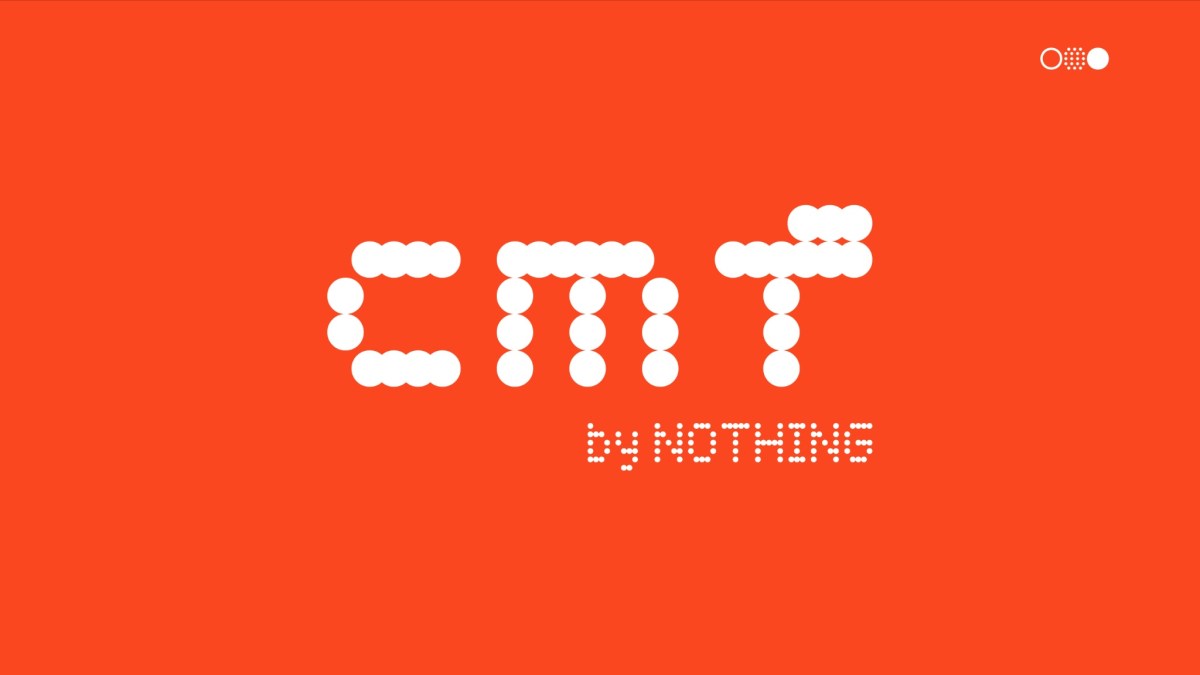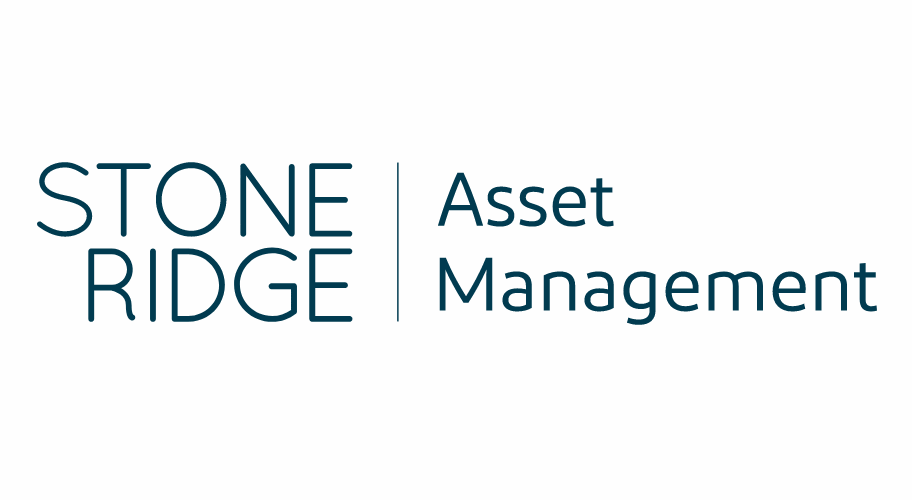Since the Great Financial Crisis, markets and economies have enjoyed a decade-long run of record low interest rates, unprecedented fiscal stimulus, and a range of special government backstops. Global leaders have long acknowledged the likelihood there would be an inflection point for this extraordinary stimulus when the effects and costs would reverse. The annual IMF and World Bank Meetings this past month acknowledged as much. As one highly regarded research group noted, the tab for 13 years of zero-gravity monetary policy finally came due in 2022. We call it the Great Inflation Unwind (GIU) and unfortunately, it has arrived during extraordinary economic times.
A Confluence of Economic Challenges. Trying to unwind the inflation effects of massive, unfunded, pandemic stimulus in a way that avoids serious impacts to market values, employment and economic growth is a sizeable challenge under any scenario. Witness the U.S. economy facing budget deficit levels not seen since World War II. Add to this the complexity of debilitating Covid supply chain challenges, unprecedented interest rate hikes, labor shortages and Ukraine economic shock waves. The calculus for an inflation unwind that results in a “soft landing” would challenge the best quantum computing. Central banks are in a precarious position.
Fighting Inflation. We started with what many economists and market observers now view as a central bank misread. They had been lulled into a low inflation mindset for a decade and misidentified early jumps in key inflation indicators as temporary. Even as 2022 dawned in the face of supply chain disruptions, soaring consumer demand and record asset valuations, the US Federal Reserve Board (FRB) and other central banks were reluctant to tighten monetary policy. Even fiscal policy remained accommodative and global economies were operating at full speed. Unfortunately, so was inflation and central banks were soon forced into rate hikes, slowly at first, but recently with vengeance. The GIU is now forced to play out, regardless of whether markets or economies are ready.
Monetary Policy Predicament. Most central banks are caught in the inflation conundrum. They know unchecked inflation is the enemy of every consumer and contrary to a central banker’s remit of price stability, full employment, and supply/demand balance. That balance is especially tricky for markets that have relied on massive stimulus, to raise rates just enough to keep prices stable and not tip the broader economy into recession. A more dire stagflation outcome looms as well if rate increases slow economic growth but fail to quell inflation.
We are at that fork in the Inflation Road. One path is that GIU rate increases go too far and too fast causing greater market disruptions and a deeper recession. The other path could be a repeat of the 1979 “stop and start” monetary policy mistake in the U.S. Monetary authorities flinched and stopped tightening at the first prominent signs of economic slowing only to realize too late that inflation would resume aggressively, requiring even more dire monetary tightening. Each path has the potential for breakages of one degree or another which can be quite severe, triggering market illiquidity, frozen credit markets, margin calamities and severe asset price declines.
Top 4 Ways to Help Limit Breakage. There is hope for a “softish landing” without serious economic breakage. It depends on central banks calibrating their rate hike moves and other tightening measures carefully, coordinating globally, tracking vulnerabilities closely and dealing with market pressures and politics effectively. Here are the most important factors and messages for all authorities involved in financial system resilience to consider and address.
- Ignore politicians who may claim to have the design plans for an inflation unwind with no pain. Preserve your independence from political intervention.
- Improve your visibility on exposures among a vast and growing cohort of Non-Bank Financial Institutions (NBFIs). Since not all NBFIs are transparent or well-regulated, systemic authorities must understand the size of exposures, counterparty interconnectedness, hidden leverage and the efficacy of any stress tests.
- Reexamine the overall solvency and resolvability of Central Clearing Counterparties which facilitate trading in massive OTC derivatives exposures. Assess their resilience within the context of the CPMI-IOSCO Principles for Financial Market Infrastructures.
- It is inevitable that the GIU will produce pockets of instability and market disorder. Be ready to move quickly and implement proven plans of action for each type of breakage.
Central banks find themselves in uncharted economic territory at a time when the level of global cooperation is questionable at best. If members of the G-20 are not prepared for fast and coordinated global action, the GIU may end up causing breakages that will be difficult to put back together.
The views and opinions expressed herein are the views and opinions of the author and do not necessarily reflect those of Nasdaq, Inc.








































